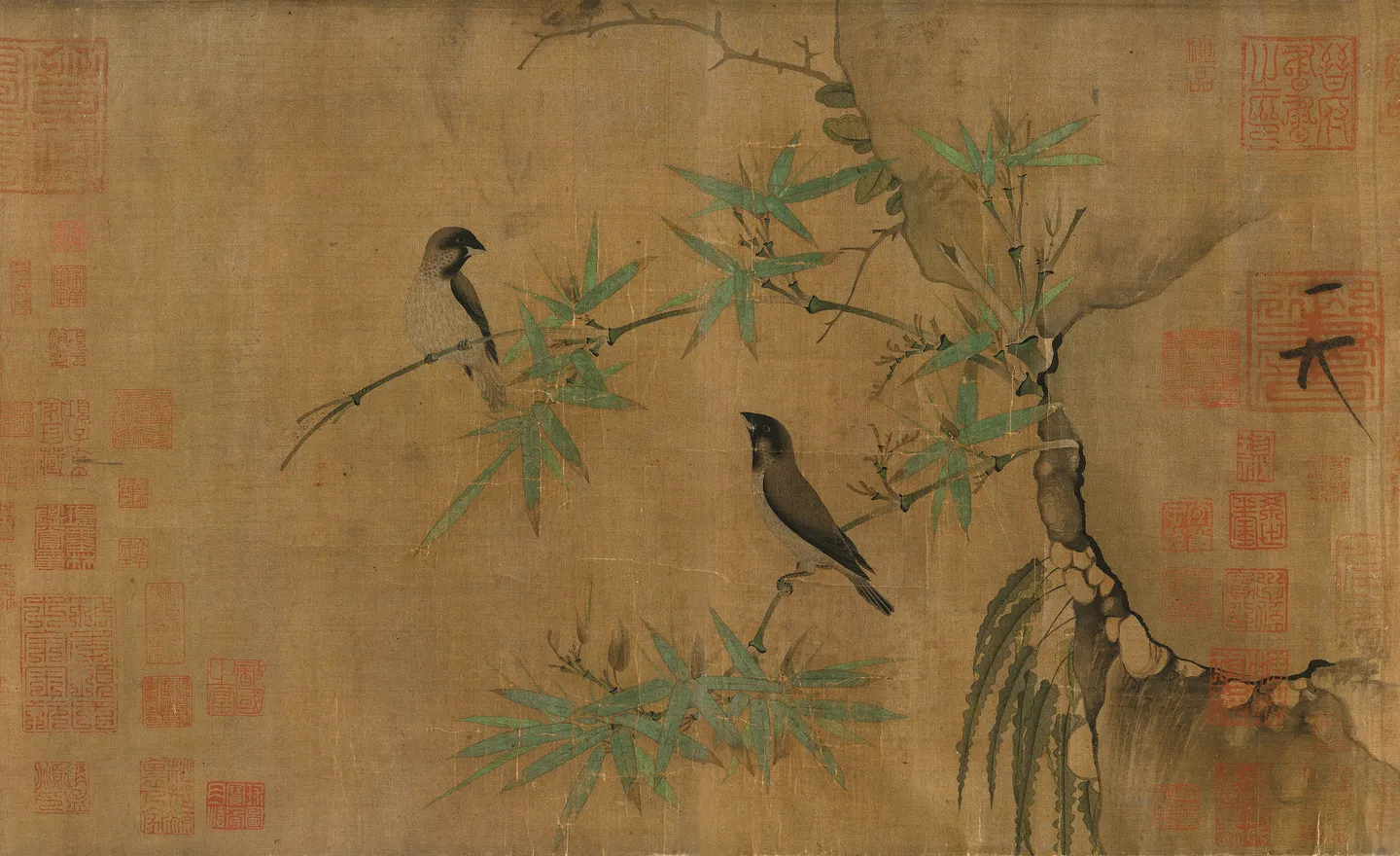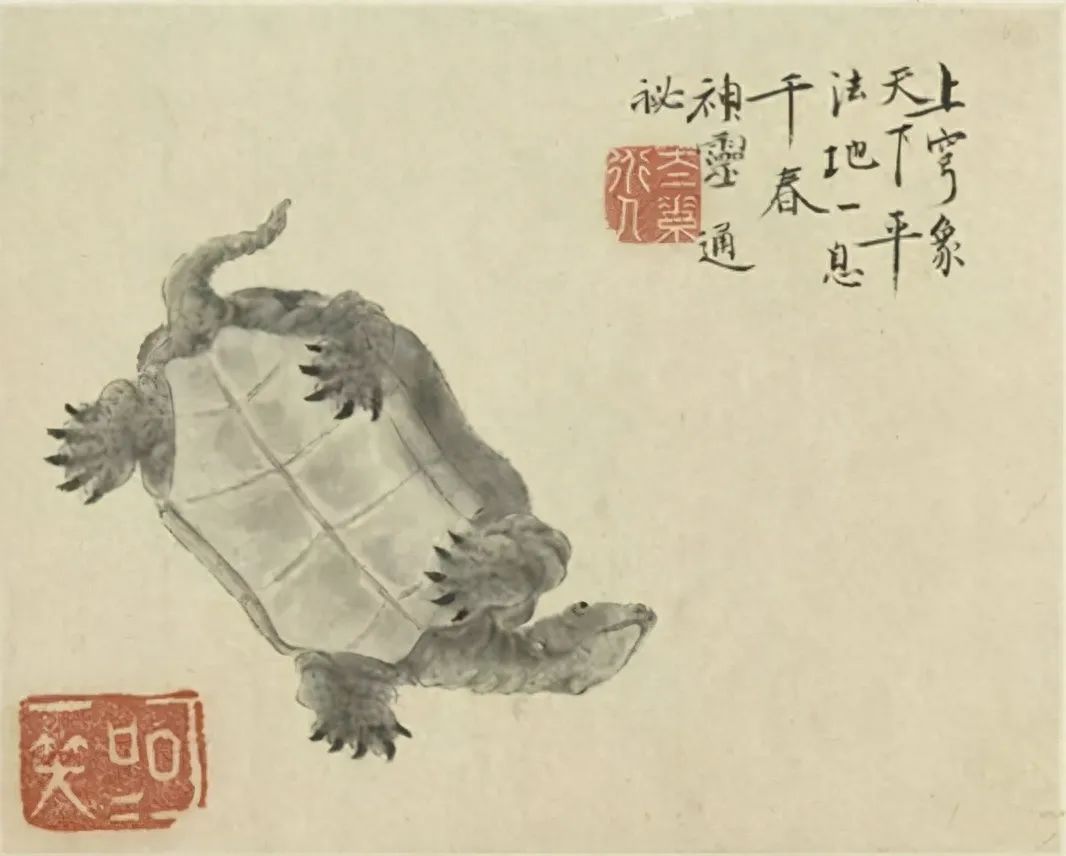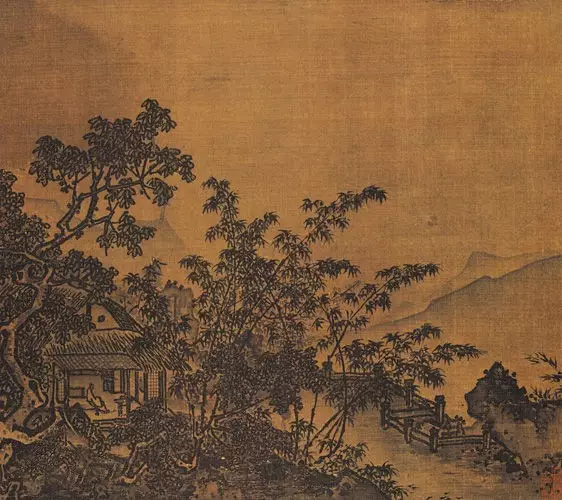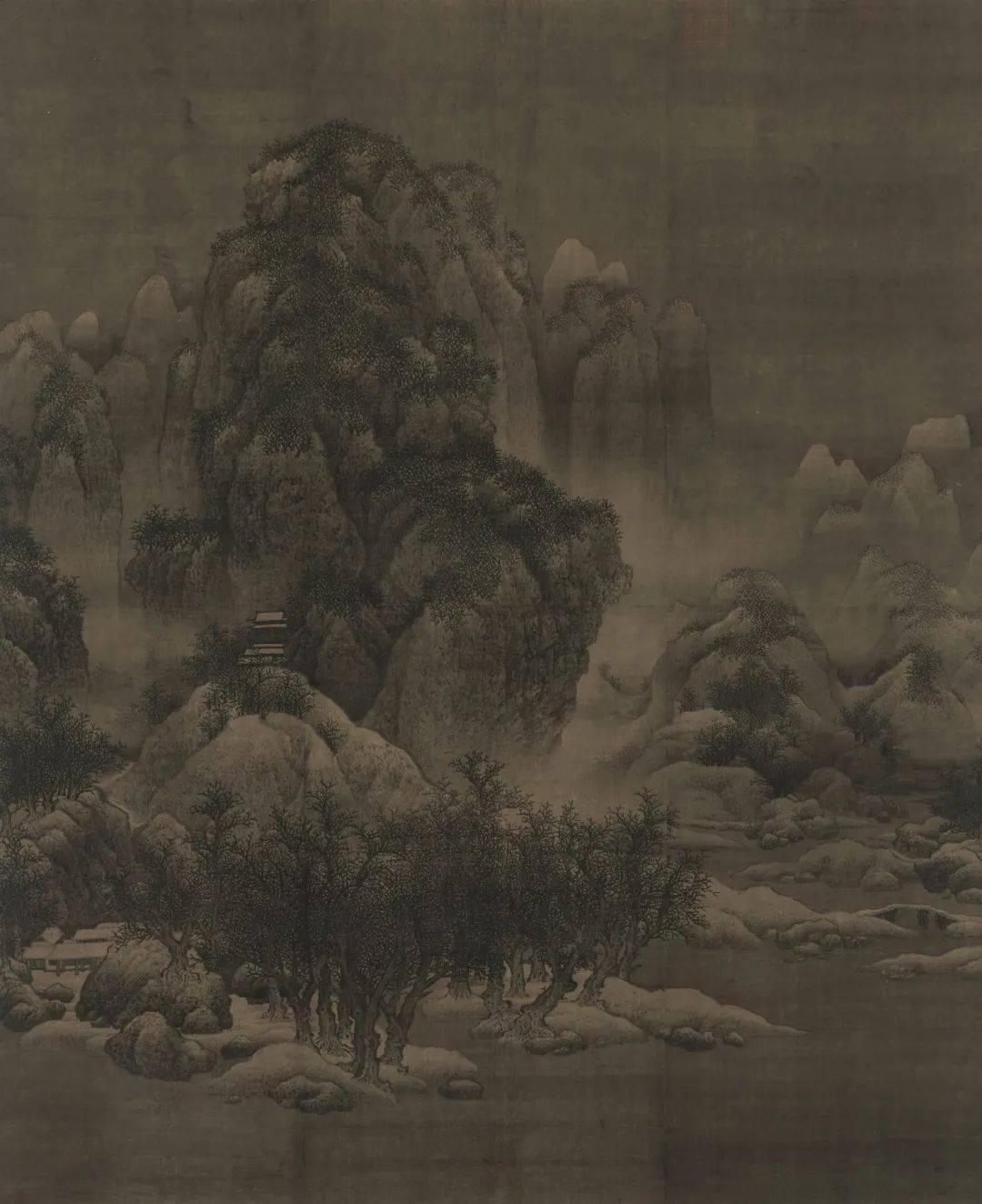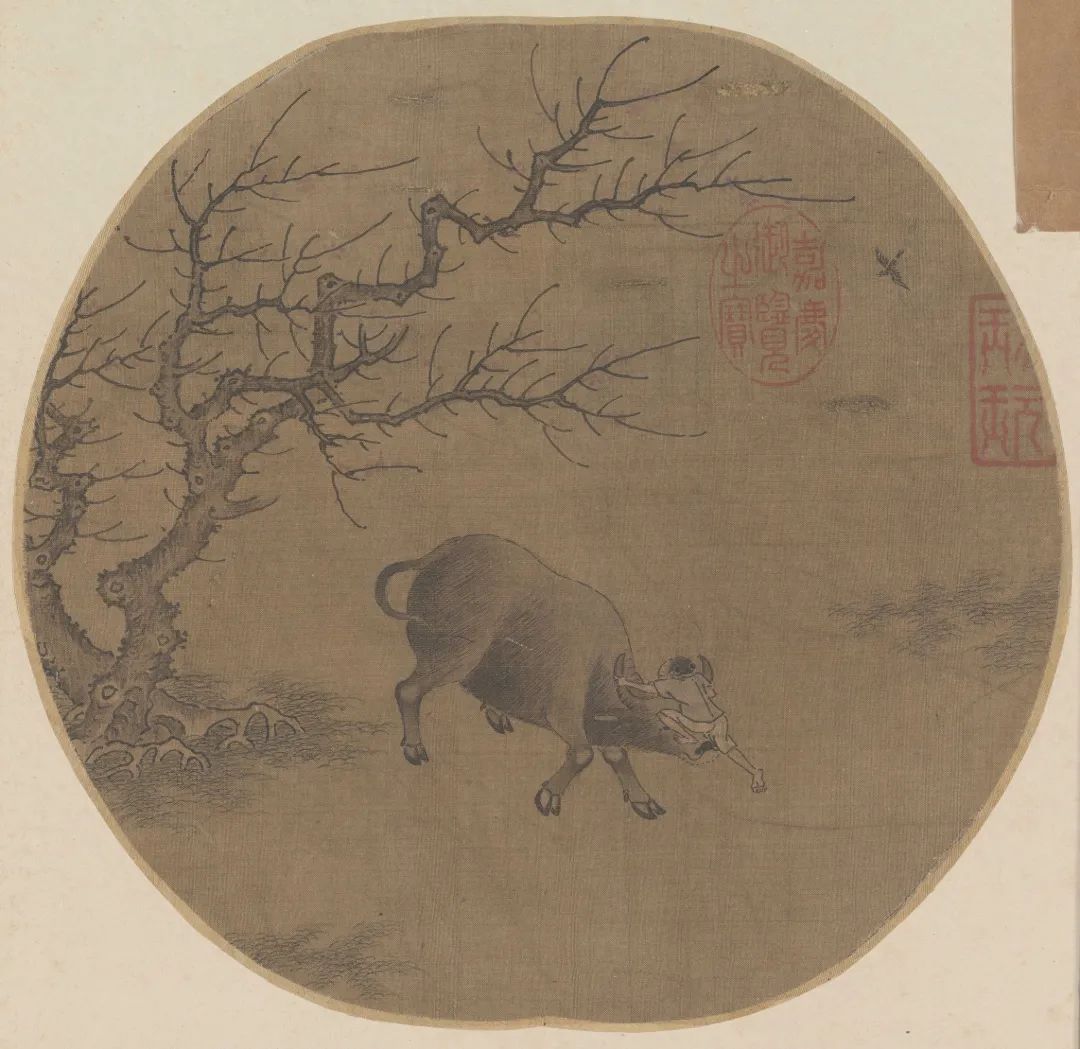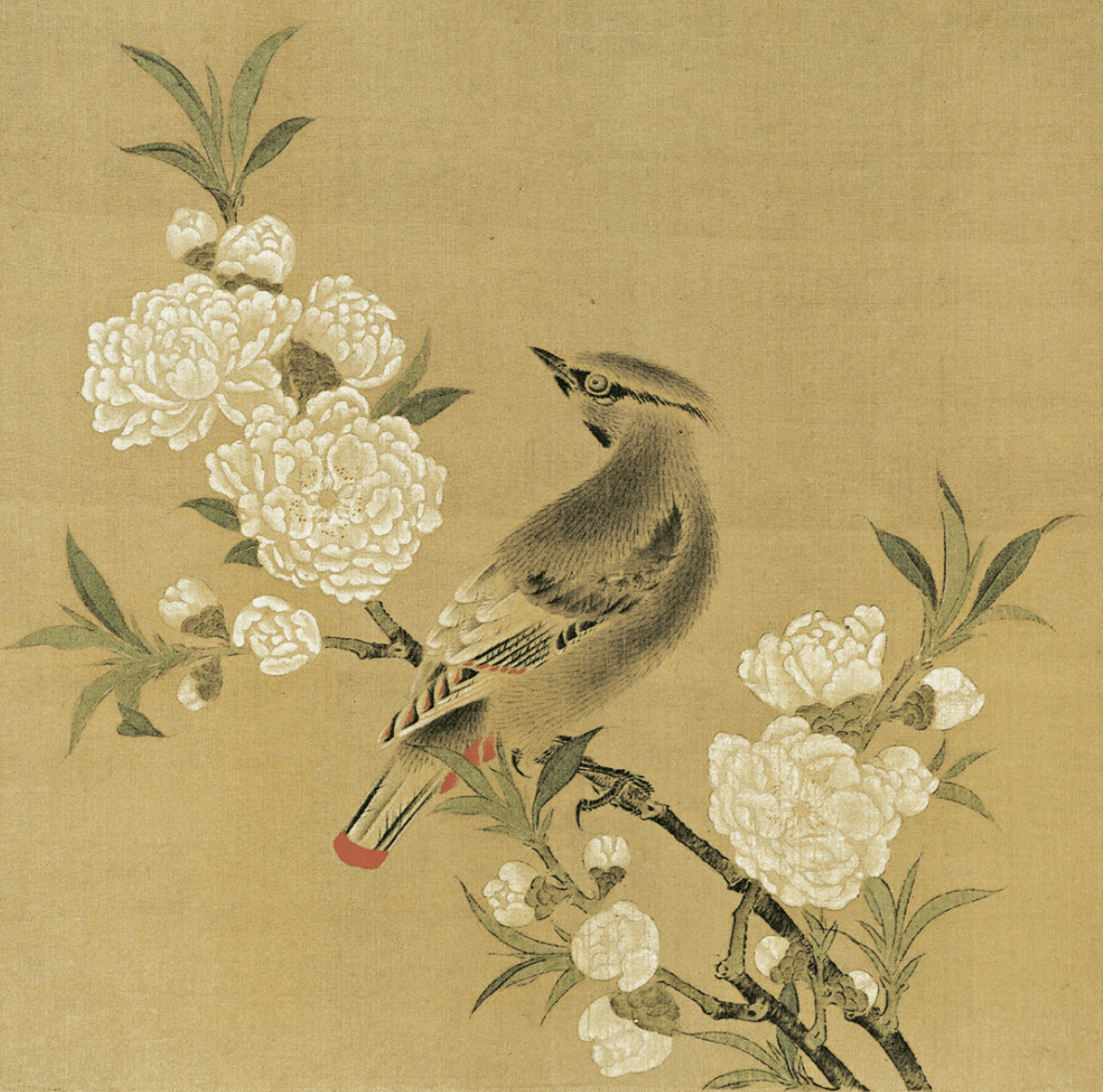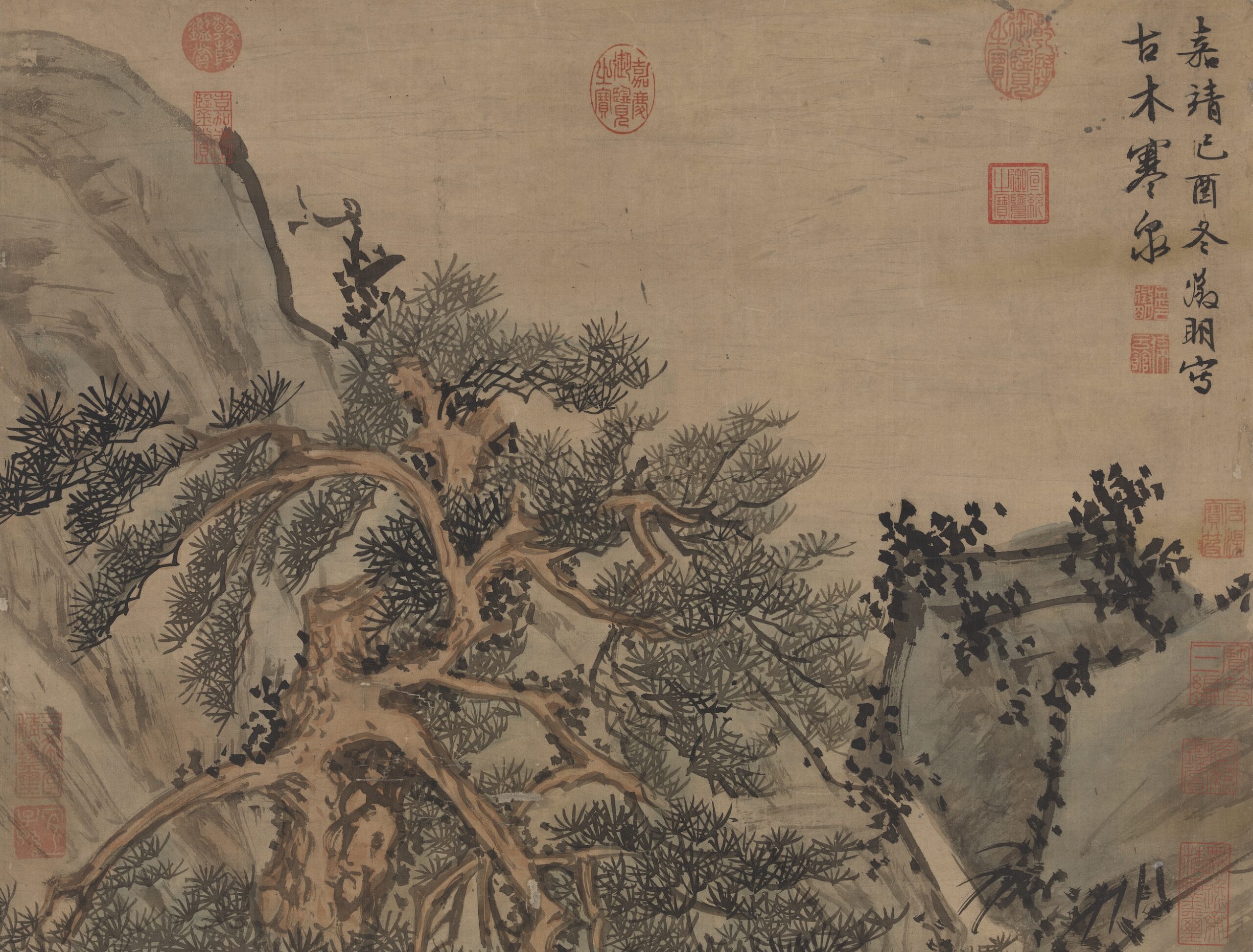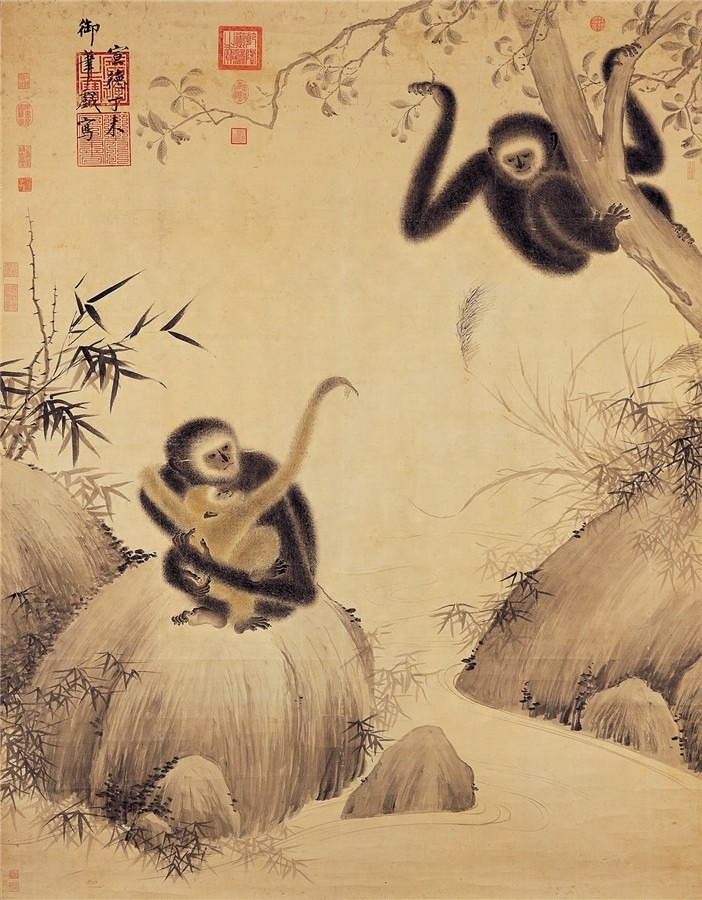The City God was a handsome young man
During the Kangxi era, the City God of Longxi County(隴西城隍) had a black face and a large beard, with a very dignified appearance. However, during the Qianlong era, it suddenly changed to a handsome young man’s image. Someone asked the monk in the temple, ‘Why did the appearance of the City God change so much?’
The monk told him, ‘We heard from the elders that in the seventh year of Yongzheng’s reign(雍正七年), there was a scholar named Xie, just twenty years old, who lived in the temple with his teacher to study.

